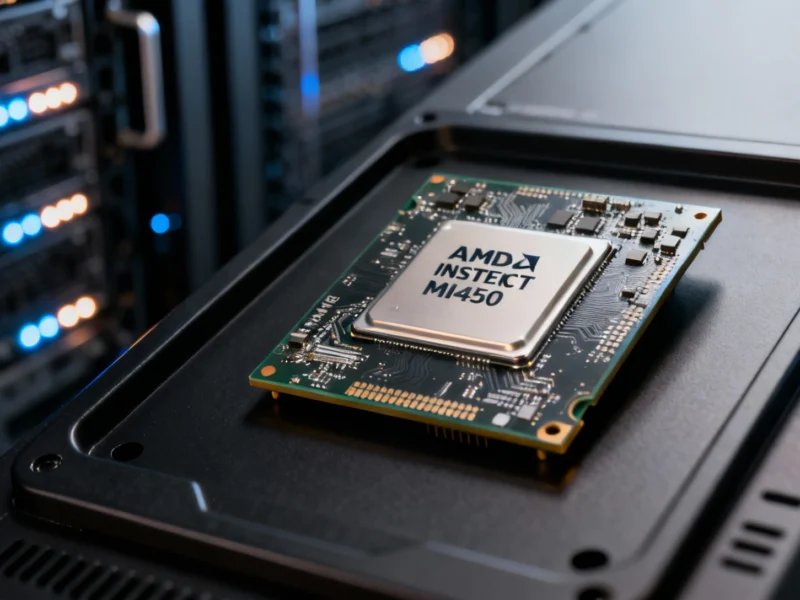AMD and Sony are deepening their longstanding partnership with Project Amethyst, a groundbreaking initiative that will bring AMD’s next-generation UDNA architecture to future PlayStation consoles. This collaboration represents a significant leap forward in console graphics technology, combining AMD’s semiconductor expertise with Sony’s gaming hardware experience to create more intelligent and efficient gaming systems. The project specifically targets improved performance per watt, advanced AI integration, and enhanced visual fidelity for upcoming gaming generations.
Project Amethyst: Three Core Innovations
During recent technical discussions, AMD’s Jack Huynh and PlayStation architect Mark Cerny detailed three revolutionary technologies at the heart of Project Amethyst. Neural Arrays represent a fundamental rethinking of GPU architecture, enabling multiple cores to function as a unified AI engine rather than separate processing units. This approach allows complex machine learning models to run directly on the graphics processor, facilitating real-time neural rendering and intelligent upscaling. According to recent analysis from industry experts, this level of AI integration represents the future of computational graphics.
The second innovation, Radiance Cores, introduces dedicated hardware specifically designed for lighting calculations and ray tracing. These specialized processing blocks handle complex light paths and reflections independently, significantly reducing the computational burden on traditional shading units. The result is dramatically faster rendering speeds and more physically accurate lighting that enhances realism without compromising performance.
Universal Compression, the third pillar of Project Amethyst, extends data compression beyond textures to encompass all memory-bound information. This comprehensive approach reduces bandwidth requirements while maintaining high frame rates and visual quality, addressing one of the fundamental bottlenecks in modern gaming console design.
UDNA Architecture Performance Advantages
AMD’s UDNA architecture, scheduled to succeed RDNA 4, promises substantial performance improvements for future gaming systems. Early projections indicate approximately 20% better raster performance per compute unit compared to previous generations, alongside up to double the ray-tracing capability. These enhancements directly support the industry’s push toward consistent 4K gaming and eventual 8K experiences. Data from related analysis suggests that such architectural improvements are crucial for handling increasingly complex gaming workloads.
The efficiency gains are particularly significant for sustained performance in compact console form factors. By optimizing power consumption while boosting computational capability, UDNA addresses the thermal and electrical constraints that have traditionally limited console performance. This aligns with broader industry trends toward more energy-efficient computing, as artificial intelligence workloads become increasingly central to gaming experiences.
FSR 4 and PlayStation 5 Pro Implementation
Sony’s commitment to advanced graphics technology will become visibly apparent with the PlayStation 5 Pro’s implementation of AMD’s FidelityFX Super Resolution 4 (FSR 4) in 2026. This upscaling technology combines temporal reconstruction techniques with AI-enhanced processing to deliver superior image quality without the performance overhead of native rendering. As the first console to feature full FSR 4 support, the PS5 Pro will showcase the practical benefits of the AMD-Sony partnership.
FSR 4’s hybrid approach represents an intermediate step toward the comprehensive AI integration envisioned in Project Amethyst. By blending established rendering techniques with emerging AI methodologies, it provides a transitional architecture that bridges current and future graphics technologies. Additional coverage of upscaling technologies demonstrates how these approaches are becoming standard across the gaming industry.
The Future of AI in Gaming Hardware
Project Amethyst signals a fundamental shift in how AMD and its partners approach hardware design. Rather than treating artificial intelligence as an auxiliary feature, the project integrates AI capabilities directly into the GPU’s foundational architecture. This paradigm change enables more adaptive and intelligent graphics processing that can optimize performance in real-time based on rendering demands.
- Neural rendering techniques that generate detail beyond native resolution
- AI-driven upscaling that preserves image quality while reducing computational load
- Intelligent asset streaming that predicts and preloads required resources
- Adaptive performance management that balances visual fidelity and frame rates
This comprehensive integration of AI throughout the graphics pipeline represents the next evolutionary step for gaming hardware. As the partnership between AMD and Sony continues to develop, gamers can expect increasingly sophisticated systems that leverage machine learning to enhance both visual quality and performance characteristics. The transition toward AI-native graphics architecture marks one of the most significant developments in console history, potentially redefining what’s possible in interactive entertainment.



